How to Do a DIY Electric Bus Conversion With Solar Panels

I’m going to show you how to build a DIY electric bus conversion. You can live off-grid, free from utility bills in a skoolie, RV, or camper van with just the electricity from solar panels and a little bit of diesel fuel. And, yes you can run air conditioning like this.
Teaser: you're going to need a lot of solar panels and a substantial lithium battery bank to make a solar power bus conversion work.
1. Make a plan
It all starts with a plan. This is the one I used when I converted my bus.
2. Pick appliances
All appliances need to be efficient and able to run off of electricity, either 110 volts AC or 12 volts DC. There are only four big items you will need: the air conditioner, the water heater, the refrigerator, and cooking appliances.
Air conditioner
We chose a 22 SEER 15,000 BTU mini-split heat pump in the back of the bus over the bed for air conditioning.
Water heater
We chose a 6-gallon electric water heater that uses 1800 watts but it heats up water in just 20 minutes and keeps it hot for a long time.
Refrigerator
We chose a small apartment size 7.3 cubic foot AC refrigerator that uses 60 watts while it’s running intermittently.
Cooktop
We use an induction cooktop which uses 1800 watts on its absolute highest level but it heats things up very quickly.
3. Battery bank
In traditional conversions, all of these appliances except for the AC run off of propane because it’s low cost. Now we have efficient solar panels and lithium battery banks.
If you run computers and televisions all day, you may need to add a bit of extra for that. But for all of the items that are small draws, such as lighting and outlets, you don’t need to worry about that if you have a robust off-grid battery bank that will accommodate all that.
4. Estimating electric needs
Once you know what appliances you need, you’re going to estimate how long they’ll run each day to get a baseline watt-hour number. You will build your battery bank and size your solar system off that estimate. For us, we use about 7,000 watt hours a day while running air conditioning for several hours a day.
The traditional method for figuring out how much solar power to put on your roof is to take that energy consumption guide and build a system that’s going to accommodate your needs. In my opinion, I think you should just put as many and as big solar panels on your roof that you can afford. Just cover as much of the roof as you can with solar panels.
5. Monocrystalline rigid solar panels
There are two panels I’d consider. One is the residential monocrystalline rigid panels that are 40 inches wide by 60 inches long. These are used for residential house roofs. Each is about 350 to 400 watts. That’s what I’d put on top of a van or a smaller vehicle.
The second type of panel I’d consider for an 8-foot wide vehicle, like a big RV or bus, and if you have the space for it, I’d buy a commercial version of that panel which is 40 inches wide by 80 inches long. Those are 400 to 470 watts.
6. Covering the roof
I’d suggest using 75 percent of your roof for solar panels. If you take 75 percent of the roof of a 40-foot school bus, you can fit 30 feet of panels up there to total about 3,150 watts. That’s a ton of solar power.
And 75 percent of a 30 foot vehicle still fits 2,100 watts. 75 percent of a 20-foot vehicle fits four of those panels at 1,400 watts. You can see some configurations above.
7. Lithium power bank
This is the only way to go to store all that solar power.
Building a lithium power bank
We took six 105-amp-hour, 12-volt lithium ion batteries made by Lion Energy, called the Lion Safari UT 1300 and wired them in series and parallel to make a 24-volt battery bank.
We have an 8,000 watt hour battery bank. We have 2,430 watts on the roof. That allows us to live comfortably as long as we are traveling out of extremely hot or cold areas. Smaller vans and skoolies can get away with less battery power since they use less electricity.
This is the number of batteries I’d suggest for your type of vehicle:
You’ll have to make a large monetary investment up front for your system. In the long run, it will pay off. You won’t have to replace obsolete lead-acid batteries, you’re not reliant on plugging in everywhere, you don’t need to run a noisy generator, you don’t need to worry about running out of propane, and there aren’t utility bills.
You’ll probably get decades of service out of these parts. You’ll be living off of completely renewable energy powered by the sun that you don’t have to pay for monthly and that is an incredible feeling.
Tip: Wash your roof’s panels to maximize energy collection
DIY electric bus conversion
We love this set up and it allows us to go completely off the grid. We can go to cool places and hang out in the middle of the desert for weeks at a time. It lets us live more adventurously but we can get WiFi and run all our appliances.
For more ideas, check out our previous post on How to Do a DIY Electric Bus Conversion & Take a Skoolie Off-Grid.
We feel free living in a skoolie solar bus conversion! Let us know in the comments if you’re thinking of going all-electric or if your skoolie already runs on solar power how did you build it?

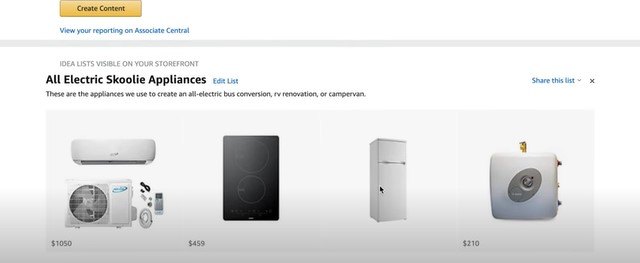













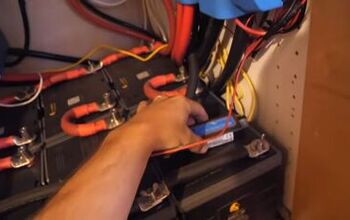
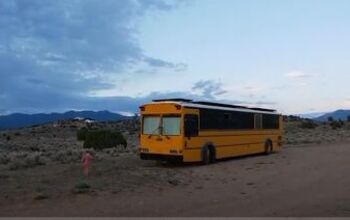
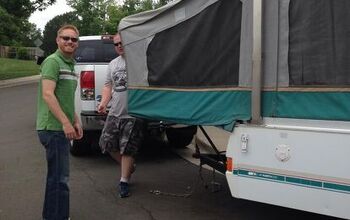
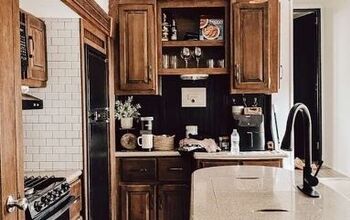








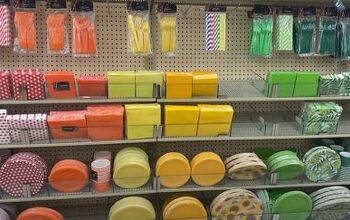


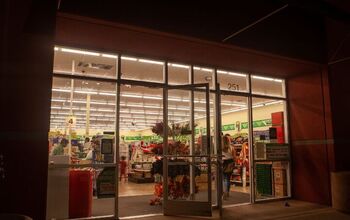

Comments
Join the conversation